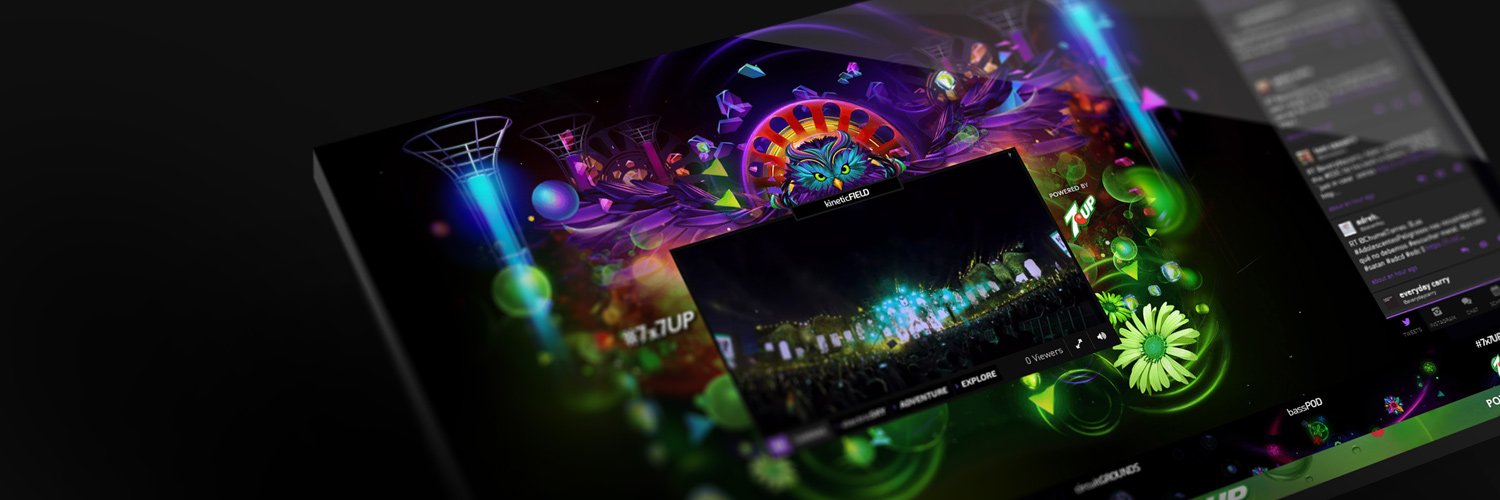As visual media becomes increasingly sophisticated, the tools and technologies behind its creation must evolve to meet rising demands.
One of the most significant advancements in this arena is the development of render farms—networks of powerful computers that work together to process and render digital content. Render farms have revolutionized the production process, allowing creators to achieve stunning visual effects and complex animations more efficiently than ever before. They are not just tools but catalysts for innovation in visual storytelling, pushing the boundaries of what can be achieved in film, television, and interactive media.
This article delves into the essential role render farms play in media production, exploring their technological foundations, innovative applications, and the ways they are shaping the future of the industry.
What Are Render Farms?
Render farms are essentially clusters of high-performance computers designed to process large amounts of data required for rendering digital images and animations. Unlike traditional rendering methods, which rely on a single machine, render farms distribute the workload across multiple machines, significantly reducing the time required to complete a project.
A render farm typically consists of multiple servers equipped with powerful CPUs or GPUs, a high-speed network, and specialized software that manages task distribution and coordination. This setup allows for parallel processing, where different parts of a project are rendered simultaneously, leading to faster turnaround times and higher efficiency. The scalability of render farms is another key advantage—they can be expanded or contracted based on the specific needs of a project, making them versatile tools for both large studios and smaller production teams.
Innovative Applications of Render Farms
Render farms are integral to the production of high-quality content across various media industries. Their ability to handle complex rendering tasks quickly has made them indispensable in the creation of visually stunning films, television shows, and interactive experiences.
In the film industry, render farms have been used to produce some of the most visually ambitious projects, enabling filmmakers to create detailed, lifelike animations and visual effects. Television productions also benefit from the speed and power of render farms, allowing for the creation of complex visual effects on tight schedules. Moreover, the rise of virtual reality (VR) and real-time interactive media has further highlighted the importance of render farms, as these mediums require real-time rendering capabilities that are often beyond the reach of traditional methods.
Insights from Industry Professionals
To understand the impact of render farms in real-world applications, we turn to the experiences of professionals who rely on this technology. At GarageFarm.NET, render farm services have been instrumental in helping creators bring their visions to life across a variety of projects.
RDVIS, a visualization studio specializing in architectural virtual tours, utilized GarageFarm.NET’s services to enhance their workflow. By offloading the rendering process to the render farm, RDVIS was able to focus more on the creative aspects of their projects, knowing that the technical demands of rendering were being efficiently handled. This approach allowed them to deliver high-quality, immersive virtual tours that met their clients’ needs while maintaining tight production timelines.
Idence Co., a design studio that bridges physical and digital experiences, also benefited from the power of GarageFarm.NET’s render farm. Their projects often involve complex simulations and high-resolution renders, which can be time-consuming and resource-intensive. With the help of the render farm, Idence Co. was able to reduce rendering times significantly, enabling them to iterate more quickly and refine their designs to a higher standard.
Sam Mason, a director and animator known for his unique visual style, relied on GarageFarm.NET to bring his animated projects to life. The render farm allowed Mason to push the boundaries of his creativity by providing the computational power needed to render detailed and dynamic animations. This support was crucial in meeting the artistic demands of his projects while ensuring timely delivery.
These case studies highlight how render farms are not just technical tools but also enablers of creativity, allowing artists and designers to focus on their vision while leaving the heavy lifting of rendering to the farm.
Pushing the Boundaries: Technical Innovations
Render farm technology is continuously evolving, with advancements in AI, machine learning, and real-time rendering leading the charge. AI-driven tools are being integrated into the rendering pipeline to optimize performance and reduce noise in images, allowing for faster rendering times without sacrificing quality. Machine learning models are also being developed to predict the most efficient rendering settings for different types of scenes, further streamlining the process.
Real-time rendering, a growing trend in both gaming and film production, is becoming more accessible thanks to the increased power of GPUs and the capabilities of modern render farms. This technology allows creators to see the results of their work immediately, enabling faster iterations and more dynamic workflows.

The Creative Potential of Render Farms
Beyond their technical capabilities, render farms are unlocking new creative possibilities. Artists are now able to experiment with more complex visual effects, intricate animations, and detailed environments without the fear of long rendering times. This freedom is particularly beneficial for smaller studios and independent creators, who can now produce content that rivals that of larger studios.
The collaborative nature of render farms also plays a significant role in fostering creativity. Teams spread across different locations can work on the same project simultaneously, leveraging the power of the render farm to share resources and deliver a cohesive final product. This global collaboration is driving innovation in the media industry, as diverse talents and perspectives come together to create groundbreaking content.
Challenges and Considerations
Despite their many advantages, render farms do come with challenges. The cost of setting up and maintaining a render farm can be prohibitive, especially for smaller studios. However, cloud-based services like GarageFarm.NET offer a cost-effective alternative, allowing users to access powerful rendering resources on a pay-as-you-go basis.
Another consideration is the environmental impact of large render farms, which require significant amounts of energy to operate. As the industry becomes more environmentally conscious, there is a growing emphasis on making render farms more energy-efficient and exploring sustainable alternatives.
The Future of Media and Render Farms
As render farm technology continues to advance, its role in media production will only become more critical. The integration of AI and machine learning will lead to even more efficient and powerful rendering capabilities, while new applications like augmented reality (AR) and AI-generated content will push the boundaries of what’s possible in media creation.
For professionals in the creative industry, staying informed about these technological developments is essential. Those who can harness the power of render farms will be well-positioned to lead the next wave of innovation in visual storytelling.
Conclusion
Render farms have dramatically transformed the media landscape, enabling creators to produce visually stunning content that was once unimaginable. As the technology continues to evolve, render farms will remain at the forefront of media production, driving innovation and expanding the creative possibilities for artists and studios alike.
For aspiring artists and media professionals, understanding and leveraging the power of render farms is key to unlocking new levels of creativity and productivity. The future of visual storytelling is bright, and render farms are the engines propelling us into this exciting new era.





